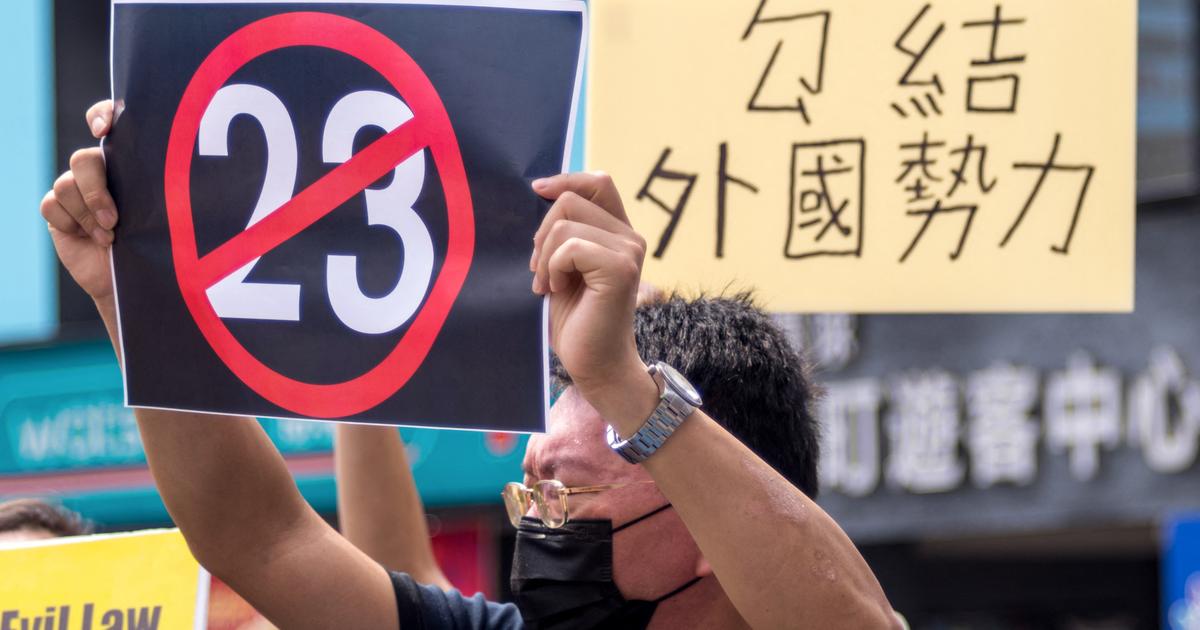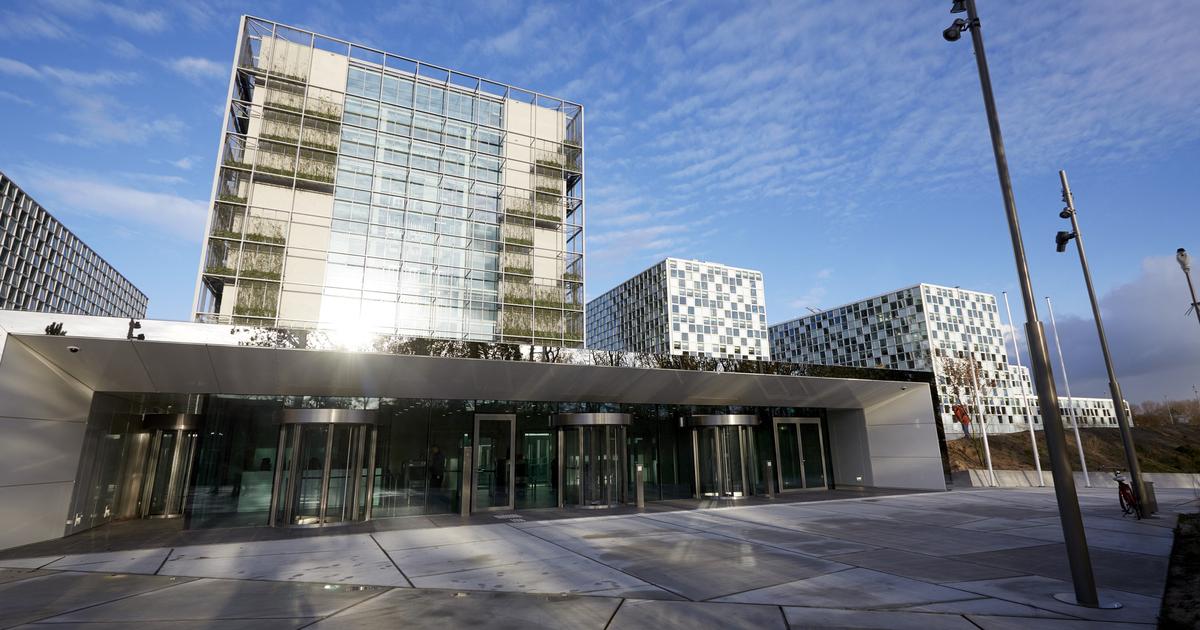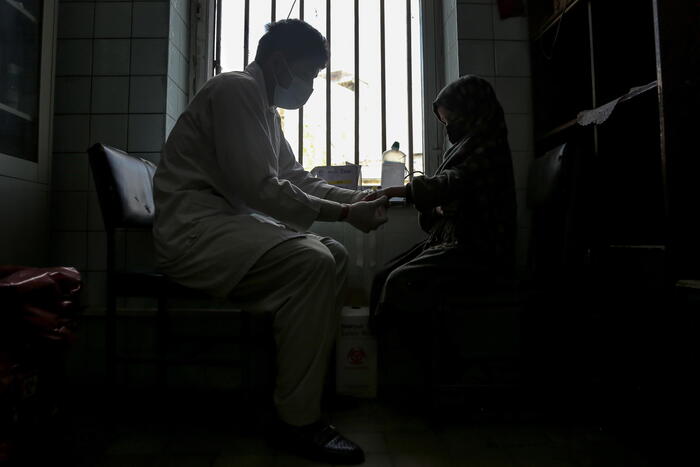Although Hong Kong claims to be an international metropolis of "diversity, tolerance and inclusiveness," in this single-racial society, people of different races often encounter aggressive and obvious differential treatment. During the COVID-19 pandemic, ethnic minorities in South Asia receive Discrimination is more obvious than usual.
Behind this are the stereotypes caused by colonial historical factors, as well as the class shackles caused by the inadequate Chinese education system.
In terms of public services, housing supply, employment rights protection, and Chinese education, the SAR government has still not brought significant improvements to the situation of ethnic minorities, who have been on the other end of the sky for a long time.
The proportion of South Asian poor people in large families with four or more members is quite high, but the large public housing units provided by the government are seriously inadequate, making the waiting time for such people to wait for public housing longer.
Former Legislative Council member Zhang Chaoxiong once questioned the authorities' suspicion of discriminating against non-Chinese people and was denied by the authorities, but their actual housing needs were not met, and they were often discriminated against or misunderstood when renting a house.
(Data Picture/Photographed by Lin Ruoqin)
Chen Demao, an associate professor of the Department of Social Work at Hong Kong Baptist University, told "Hong Kong 01" that in the current context, "minorities" are more like describing groups with low status, fewer resources, and less power, rather than referring to population numbers.
Associate Professor Leung Xuming of the Department of Cultural Studies at Lingnan University in Hong Kong pointed out that in colonial history, Hong Kong people have always had the beautiful imagination of white people "they are higher than us", while the dark-skinned ethnic group continues the projection of "we are higher than them". This created the politics of race relations.
At the beginning of this century, the organization Rongle Club used to collectively describe these long-term poor and marginalized communities in order to facilitate proposals and fight for legitimate rights and interests. Over time, a negative label was formed.
People are always accustomed to associate "minorities" with people of South Asian and Southeast Asian descent.
According to statistics, the proportion of white people in Hong Kong is not large, but few people think of them as a "minority."
There is already discrimination behind this label.
(Hong Kong 01 drawing)
Leung Xuming emphasized: Labels stem from ignorance, and Hong Kong society is accustomed to using other excuses to wrap up the issue of racial discrimination and has not taken it seriously.
The book "Understanding Hong Kong's Minorities in South Asia" co-authored with Professor Chen Jinrong summarizes the history of South Asians emigrating to Hong Kong during the British colonial period and the historical evolution of stereotypes of different races.
(Photo by Yu Junliang)
Chen Demao mentioned the difference between positive discrimination (positive discrimination) and negative discrimination (negative discrimination). For example, in terms of Cantonese expression ability, white people who do not understand Cantonese will not be discriminated against, while ethnic minorities will be discriminated against because of their ability to use Chinese. Insufficiency faces many restrictions.
(Photo by Ou Jiale)
In recent years, local thoughts in Hong Kong have been on the rise, and this extremely self-centered and xenophobic sentiment with the color of "Great Hong Kongism" has become even more intense.
Even though the "2016 Hong Kong Ethnic Minority Poverty Report" shows that most of the South Asian ethnic groups are grassroots, with limited education, the poverty rate after policy intervention (constant cash) still reaches 17.6%, and they urgently need mainstream government welfare services .
However, "Policy 21" and research published by the University of Hong Kong show that many interviewees did not know the services provided by ethnic minority centers. Language barriers and low awareness are the two main reasons. Many ethnic minorities do not have the awareness of using public services, let alone take the initiative to understand and deepen their understanding.
Zhang Fengmei, Director-General of Rongle Club, shared his experience and pointed out that many ethnic minority grassroots families do not understand low-income allowances, and some people have limited Chinese and English proficiency and have difficulties in filling out application forms.
If there is no government's constant funding, it will only worsen the situation.
(Photo by Su Weiran)
Minorities also face employment and labor security issues.
For example, the proportion of South Asian Asians among gig economy workers is very high, and the problems of unequal employment relationships and unclear boundaries on Internet platforms have not been addressed squarely by the government and effectively resolved.
Foodpanda takeaways went on strike earlier to fight for labor security, hoping that the government will help the healthy development of the gig economy and bring more dividends.
(Information Picture/Photo by Mo Jiawen)
Regarding ethnic minority labor issues, the government is not completely sitting on the sidelines. Since 2014, it has launched the "Ethnic Minority Employment Service Ambassador Program" to provide employment support. In addition, the government has also appointed two non-governmental organizations to implement the "Diversity" in November 2020. Race Employment Program".
However, as of the end of July this year, only 453 people participated in the plan, and 144 successful cases were recorded, which is pitifully small compared to the nearly 457,000 minority working population.
Moreover, the Employment Center of the Labour Department does not have an employment section for ethnic minorities so far. The employment center only has two employment assistants to meet the demands, which really makes people doubt the sincerity of the government to solve the problem.
After the return of Hong Kong, biliteracy and trilingualism were implemented. Among them, Cantonese is used most frequently in life and work. If ethnic minorities cannot speak Cantonese fluently or write Chinese fluently, their language ability will become a stumbling block in all aspects of their stay in Hong Kong.
(Hong Kong 01 drawing)
Language is another key.
According to data from the Legislative Council, more than four-fifths of South Asians failed to write Chinese. Of the non-Chinese speaking students who applied for the Hong Kong Diploma of Secondary Education in 2017, less than 10% of them took the Chinese Language and the pass rate was only 27%.
Leung Huimin, assistant professor of the Department of Chinese and Bilingual Studies at the Hong Kong Polytechnic University, told "Hong Kong 01" that the mother tongue of ethnic minorities is very different from Chinese, but there are many problems in the Chinese education system for non-Chinese speaking students, such as the appropriateness of courses and teaching materials. Not enough, the teacher’s teaching skills are inappropriate, and the assessment standards are one size fits all. It is recommended to adjust from the elementary school, thoroughly implement the "dual track system", separate non-Chinese speaking students from Chinese speaking students, and fully develop students' Chinese ability in listening, speaking, reading, and writing.
Although the Education Bureau intends to upgrade teachers and has launched the "Teaching Chinese as a Second Language" Professional Continuing Grant Scheme from the 2014/15 school year to subsidize teachers' professional teaching abilities and skills for non-Chinese speaking students, it has been approved in the past three years according to government announcements There are 30 teachers in total, and it is still a long way to improve teachers' ability in this area.
Liang Huimin proposed that non-Chinese speaking students can be removed from the mainstream Chinese classroom to a separate class, so that teachers can prescribe the right medicine. After the non-Chinese speaking students have reached the required level of Chinese, they can return to the mainstream class and join the local students.
(Photo by Ou Jiale)
Many ethnic minorities in Hong Kong live together, living communities and families lack daily Chinese application scenarios, Chinese vocabulary and grammar cannot keep up, and it is difficult to understand Chinese culture. It is difficult to improve Chinese ability in all aspects through classroom learning.
(Information Picture/Photographed by Huang Shuhui)
Starting from the 2014/15 school year, the Education Bureau has allocated funds to schools that admit non-Chinese speaking students to take care of students connecting with mainstream Chinese classes.
The authorities allocate hundreds of millions of dollars to these schools each year, but the names of the schools allocated, the purpose of the funds, the specific expenditure details and effectiveness have not been announced.
(Hong Kong 01 drawing)
It can be seen that the biased imagination of the "other" in Hong Kong's mainstream society has deepened the concept of racial discrimination and affected the well-being of ethnic minorities.
Chen Demao believes that the government should take the lead in policies to help ethnic minorities integrate into the local area in an all-round way, build a truly inclusive society, and cultivate the public's open mind in a subtle way.
Looking internationally, Hong Kong should learn from Australia and Singapore the policy of multi-racial inclusiveness.
The Commonwealth of Australia formulates a nationally unified curriculum syllabus so that states can have a unified national reference standard.
In Australia, English is a native language course, which must be studied in the whole country. The language course starts from kindergarten and lasts to the tenth grade (that is, the fourth grade in Hong Kong). The second language course has its own characteristics. Latin, Chinese, French, German, Indonesian, etc.
The white population of Australia is 92%, and Hong Kong is a monoracial society, but has a complicated immigration history.
After the Australian authorities formally cancelled the White Australia policy against Asian immigrants in 1972, they attached great importance to promoting cultural exchanges between races and helping different ethnic groups to integrate.
(Hong Kong 01 drawing)
South Asians in Hong Kong often suffer indirect discrimination in the workplace due to clothing, appearance, etc., and Australia’s Racial Discrimination Act covers indirect discrimination. For example, employers or service providers put certain people at a disadvantage due to factors such as race, color, ethnic origin, etc. Status violates relevant laws and regulations.
(Information Picture/Photo by Luo Junhao)
In contrast, Singapore is a "melting pot." In the country's total population, Chinese descent accounted for 76.2%, Malays accounted for 15%, Indians accounted for 7.4%, and the Eurasian population and other ethnic groups accounted for 1.4%.
In order to promote social harmony, Singapore fully upholds the multi-ethnic culture and adopts a non-discriminatory attitude to break the barriers between multiple races.
In addition, the Singaporean authorities have listed English, Chinese, Malay, and Tamil as official languages to reduce language complexity and facilitate communication.
The school carries out bilingual education, with English as the main language of communication, and students of all ethnic groups as their second language.
This approach can not only maintain Singapore’s internationalization, but also help citizens of different ethnic groups communicate with each other smoothly and protect their own unique culture.
The internationalization of Hong Kong should not just stop at the surface, but reflect deeply on how to turn the "other" into "us" under the premise of maintaining relatively unified communication and relatively unified standards, and realize the spiritual core of tolerance, harmony and inclusiveness.
Series of in-depth reports on racial discrimination:
racism. 1. Minorities in Hong Kong's Mainstream Society: The Invisible Other
racism. 2. A leaning society: public services and welfare benefits for ethnic minorities
racism. 3. Employment of ethnic minorities-is the gig economy a bonus or a trap
racism. Four | Chinese or English? ——What kind of language education do ethnic minorities need?
racism. V. What kind of multi-racial inclusion policy should Hong Kong learn from the international community?









